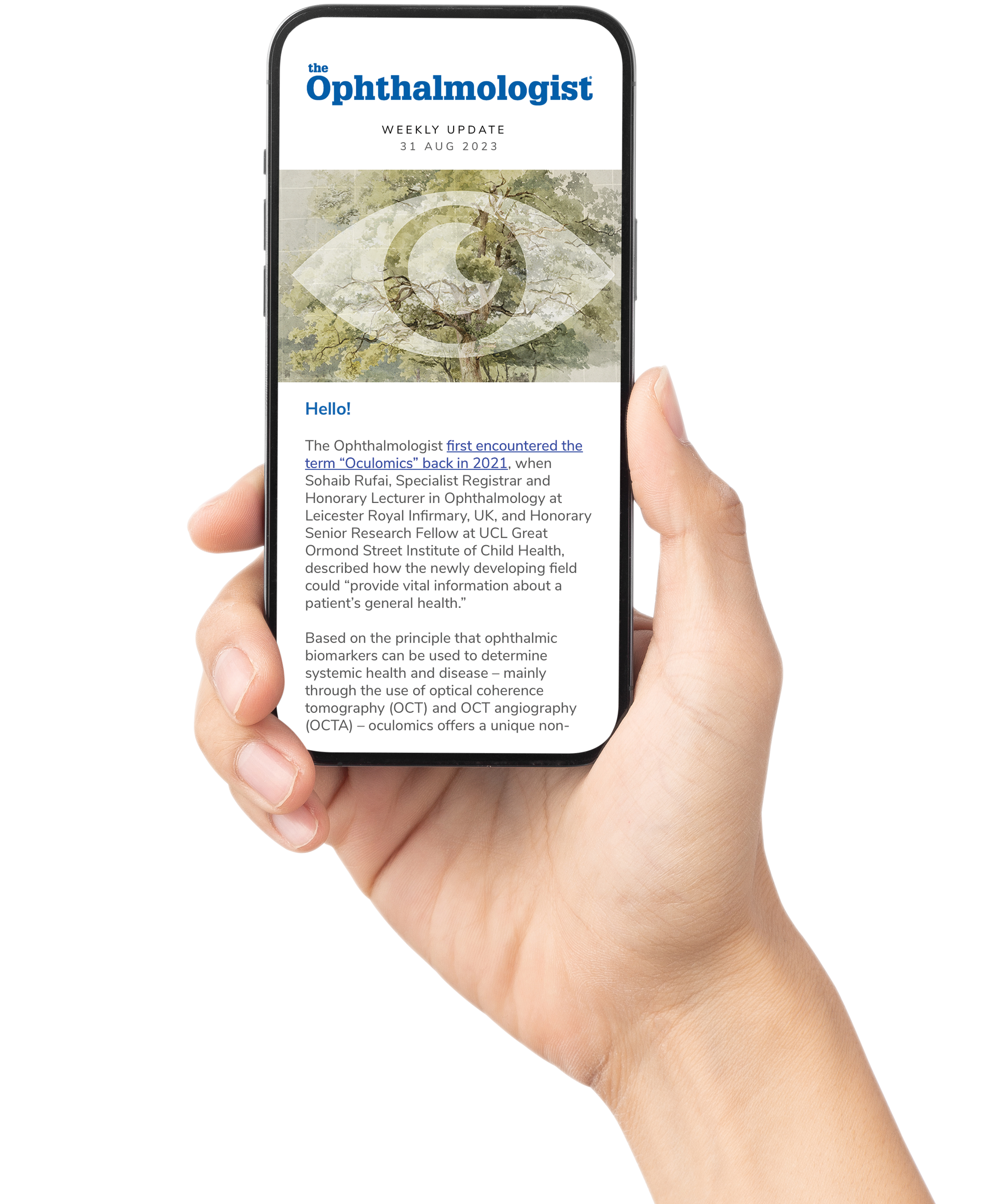
A randomized, double-masked, sham-controlled trial conducted at the Department of Ophthalmology, King Chulalongkorn Memorial Hospital, Thailand, has evaluated the safety and efficacy of quantum molecular resonance (QMR) therapy as a novel treatment for meibomian gland dysfunction (MGD).
Eighty participants with MGD received either QMR treatment or a sham version using the Rexon-Eye device (Resono Ophthalmic, Trieste, Italy) over four sessions, alongside standard therapy of lid hygiene and preservative-free artificial tears. The primary outcome was meibum quality, assessed at weeks seven and 11. Secondary outcomes included tear cytokine levels, lid morphology, ocular surface staining, and symptom severity.
The study found that the QMR group showed significantly greater improvement than the sham group in meibum quality score at week 1, meibomian gland plugging grade, superior and inferior lid meiboscale, and corneal/conjunctival fluorescein staining. Lid margin telangiectasia was also notably reduced. Importantly, levels of the pro-inflammatory cytokine IL-6 in tears decreased significantly in the QMR group at week seven, suggesting that the therapy may suppress ocular surface inflammation, a key component of MGD pathophysiology.
Interestingly, while meibum quality improved, meibum expressibility, tear film lipid layer thickness, and tear osmolarity did not significantly change – likely due to short follow-up or the need for more intensive treatment. Patient-reported symptoms, measured via OSDI scores, improved in both the QMR and sham groups, likely reflecting the additive benefit of standard therapy.
Overall, the trial supports QMR as a promising, non-invasive modality for MGD that targets both structural and inflammatory components of disease. It could offer a safer alternative to thermal or intense pulsed light therapies, especially for patients with contraindications to heat or light-based treatments.
The authors state that further studies with longer follow-ups are now needed to assess durability and broader applicability of this technology, as well as engaging more participants in order to better identify any potential adverse effects linked to QMR.
